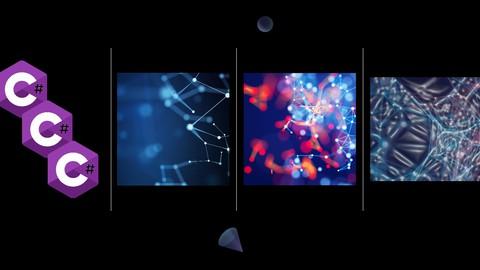Last Updated on June 7, 2023 by GeeksGod
Using Web APIs, you can write code to expose just what you want to the outside world. Traditionally you used MVC with controllers to create Web APIs. Starting with .NET 6, Microsoft released a new method for creating Web APIs called the Minimal Web API. This new approach is simpler than MVC. In this course you learn how to use these minimal calls and how best to architect them to provide scalability and ease of maintenance. Even if you have never created a Minimal Web API before, this course guides you step-by-step through the entire process.
In this course you are provided with an overview of the new Minimal Web APIs paradigm. You build a Minimal Web API project and learn to consume Web APIs using Postman and Swagger. You learn the standard methods for getting, inserting, updating, and deleting data. You build a set of CRUD APIs to allow a developer to interact with your database. You then build a set of classes that make working with minimal APIs much simpler. You are going to see how to call your APIs via JavaScript/jQuery and how CORS is added to allow cross-domain access. You learn the basics of securing your minimal Web APIs. You also learn to use the Entity Framework to communicate to a database, and even perform asynchronous Web APIs.
How Are You Going To Learn All This?
All the demos you are shown during this course are backed up with a set of labs for you to perform. Walking through these labs step-by-step ensures that you understand the concepts illustrated in each lesson.
~90 demos~65 questions~75 hands-on labs
Who am I?
My name is Paul D. Sheriff and I have been teaching developers since 1986 through video, blogs, articles, speaking at major conferences and user groups, and in-person training at small and enterprise (Fortune 500) companies. My students have said I have an easy-going manner and have a talent for breaking complicated topics into an easy-to-understand format. I consistently have very high ratings on my courses. I believe you need to learn by doing and that is why I offer so many hands-on labs within my courses.














